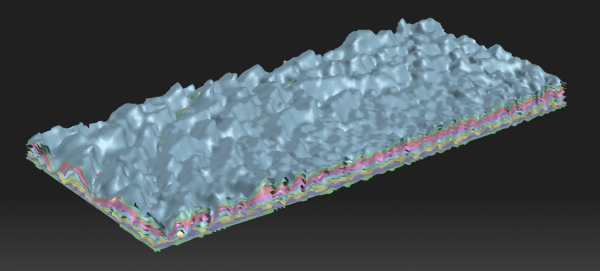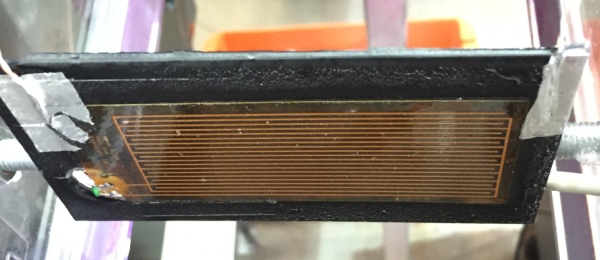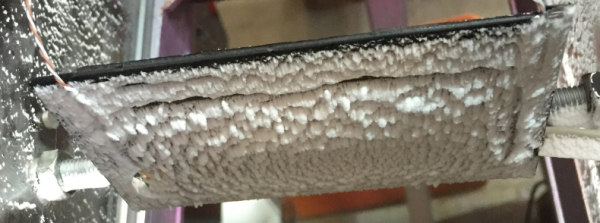TWID - Heating-Paint Sensor Based Wing Ice Detector
Short Description
Motivation
In previous research projects, electrothermal multi-zone de-icing systems were investigated and their function has been proven. A certain amount of ice is required on the cyclically heated surfaces for proper operation of such systems.
Since this ice layer must not be too thick, for aerodynamic reasons, a reliable detection system (ideally including thickness measurement) is required here. By combining these systems, the de-icing system can operate efficiently and is, therefore, particularly of interest for small aircraft.
Objectives
- To research a reliable ice detection method.
- To investigate detection and de-icing systems' combination possibilities.
- To perform functionality verification in the icing wind tunnel of FH JOANNEUM (small-scale tests).
- To perform the functionality verification of a 1:1 scaled prototype at RTA.
Content
This project aims to develop and test a corresponding ice detector on electronic and mechanical levels in cooperation with well-known partners. The tests are carried out in climatic chambers, model and full-scale ice wind tunnels.
In the course of the project, the ice detector will be reduced in size and integrated into a de-icing system. Ideally, it would be integrated into the de-icing system developed as part of the FFG eWING_DE-ICER project, which is based on a thermoelectric heating system.
The integration of the already ongoing project with the planned TWID project would be ideal timewise, and would subsequently lead to a completely self-sufficient de-icing system, which would drastically reduce the probability of accidents due to undetected ice in the future.
Methodology
- Conducting patent research
- Development and validation of simulation models
- Systematic investigation of the measurement principle
- Performing small-scale tests
- Functionality demonstration based on full-scale prototypes.
Expected results
Combining an electrothermal de-icing system with a reliable ice detection method. The aim is to demonstrate a self-sufficient de-icing system which identifies ice accretion and initiates appropriate de-icing measures.. The demonstration is planned at prototype level.
Outcome
An ice detection system could be demonstrated on a capacitive basis on a small-scale model. Combining it with an electrothermal de-icing system could be positively implemented.
Aviation Forum Austria 2016: eWing TWID
The video is provided via Youtube , a connection to the servers of Youtube is established (see privacy policy).
Project Partners
- IESTA - Institut für innovative Energie- & Stoffaustauschsysteme - Coordinator
- FH JOHANNEUM GmbH
- INFINEON Technologies Austria AG
- qPunkt GmbH
Funding program: TAKE OFF



